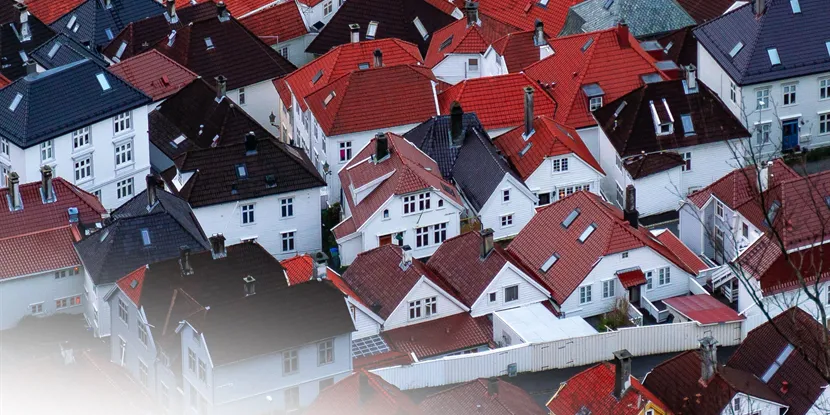How many m2 does an average apartment have?

Average apartment size
The room was small. Not too small. Just enough. Four walls. A ceiling. A door that led to something bigger or maybe nothing at all. People lived in places like this. Some by choice, some because they had no other choice.
Apartment sizes worldwide
Across the world, men and women wake up in spaces that vary like the land itself. Some spread out in wide rooms where air moves freely. Others live stacked upon one another, walls thin as paper, sounds of strangers seeping through.
Australia gives space. Over two hundred square meters, enough for a family and the silence that comes with it. In the United States, they build big too, though not always with heart. In Hong Kong, the walls close in. Forty-five square meters, if you're lucky. Space is a privilege, not a right.
Factors influencing apartment size
The city grows, and land shrinks. What was once vast fields turns into concrete and steel. More people come. More space is needed. But space does not grow.
Money speaks loudest. A rich country builds bigger. A poor one builds what it can. Culture plays its part too. Some places, a family stays together, needing more rooms, more walls. Elsewhere, a man or woman lives alone, content with just a chair, a table, a place to rest.
Ideal apartment size
Some say there is an ideal space, enough room for a life to unfold without feeling trapped. They put numbers to it. Nine square meters per person at the least. More if there is money, less if there is not.
A one-bedroom apartment stands at fifty-five square meters, maybe seventy-four. Enough for two, maybe three, if they are close and do not mind the nearness of breath, the sound of another's thoughts before they are spoken.
Size standards for new-build apartments
There are rules, of course. Governments lay them out, numbers on paper, laws to say how small is too small.
In England, thirty-nine square meters is the line. Below that, you are not building a home. You are stacking people like crates in a warehouse. In America, rules change with the place. In some cities, eighty-two square meters is the norm. Elsewhere, space is a fight, and the numbers shrink.
Minimum size standards for existing properties
Old buildings stand where new ones cannot. Some too small for today's laws but still full of life.
In London, in Paris, in the places where land is worth more than gold, they convert whatever they can. A room becomes a home. A hallway, a living space. Some fight to keep the standards. Others say a place to sleep is better than nothing at all.
Living space per person
Some people have space. Some do not. It is not fair, but it is the way of things.
Seventy square meters, shared between three, maybe four. Twenty square meters per person if they are lucky. Less if they are not. In places where the streets are filled with noise, where homes stack high into the sky, five square meters must be enough. And it is. Because it has to be.
Ideal house size
A house is something else. Not an apartment. Not a box in a tower. A place with land, maybe a porch, maybe a tree outside.
In Australia, a house is a house. Two hundred square meters. Room to breathe. In America, it is much the same. People want space, and if they can get it, they take it. In England, the houses are smaller. Not enough land. Not enough room to stretch out without touching the past.
Conclusion
Space is a luxury. Some have it. Some do not. The numbers say what is average, what is ideal, what is barely enough. But in the end, a home is what a person makes of it. Walls hold in the life that happens inside, whether in forty square meters or two hundred. It is not the size that matters. It is what fills the space.
